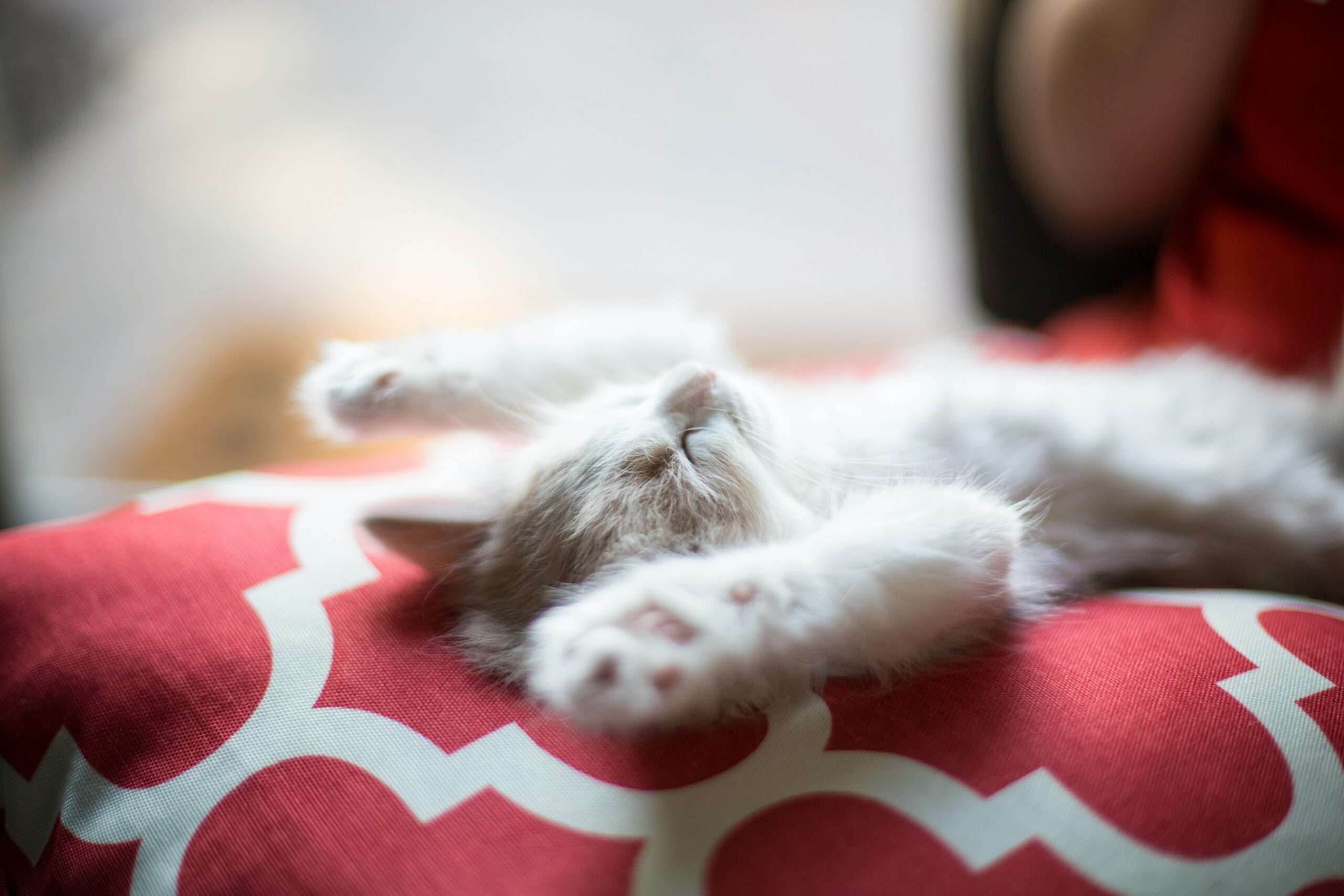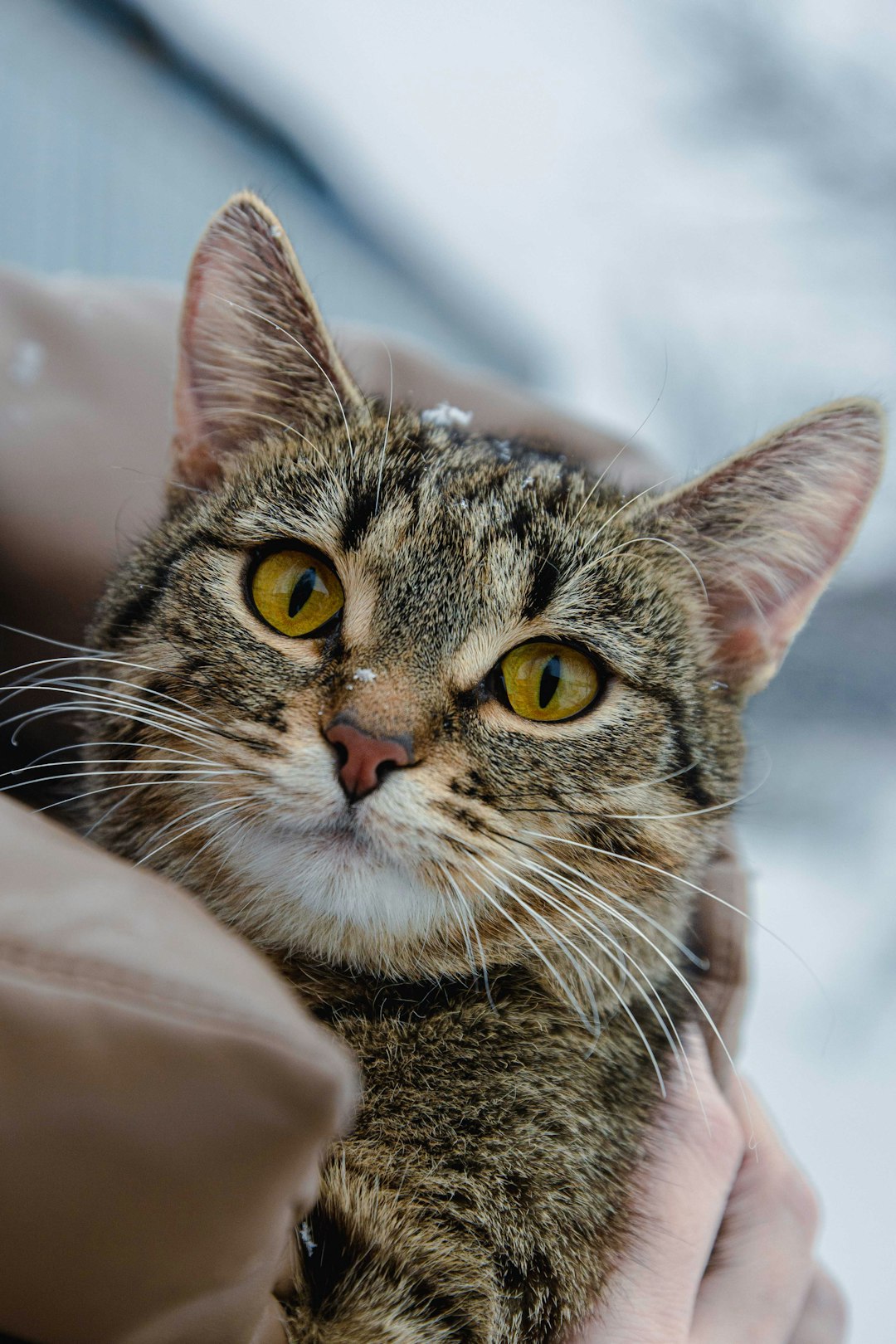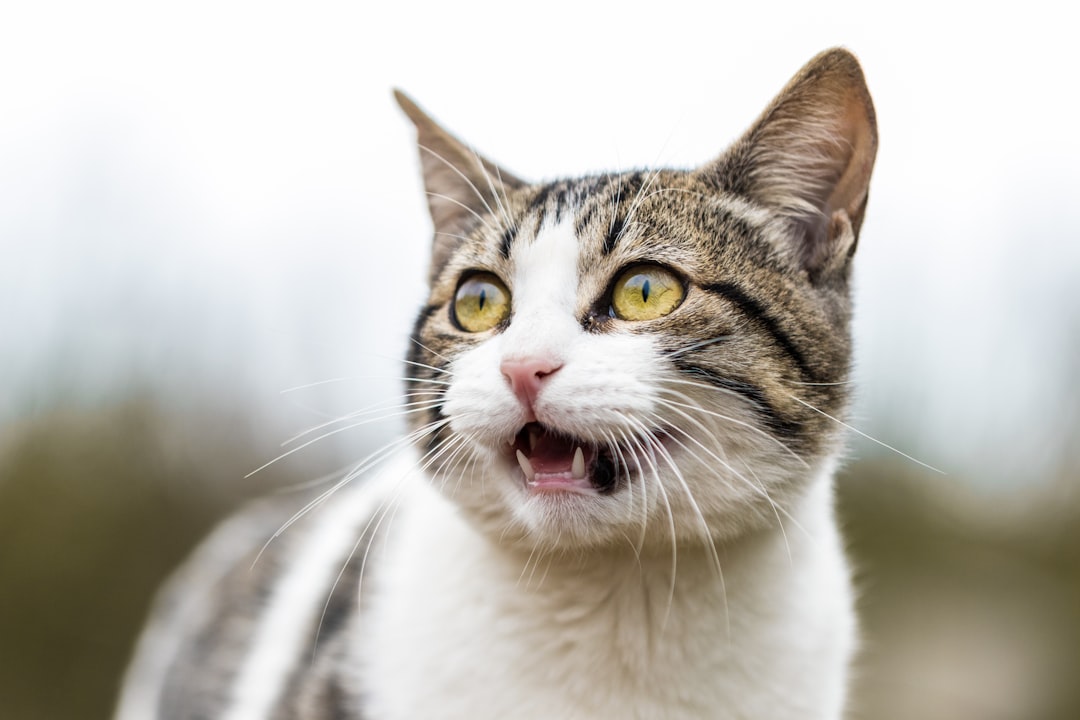Selecting the right cat litter is crucial for both your feline friend’s comfort and your home’s cleanliness. With various options available, understanding the differences between types of cat litter helps you make an informed choice. From clumping to non-clumping and innovative wood or grain-based formulas, each type offers distinct benefits. Moreover, considering factors such as environmental impact and cost will further guide you in finding the perfect fit for your cat’s needs. Explore the world of cat litter to ensure a happier, healthier environment for your pet.
Understanding the Importance of Choosing the Right Cat Litter
Choosing the right cat litter is crucial for both your cat’s health and your home environment. The following reasons highlight its importance:
Health and Hygiene:
A good cat litter absorbs moisture and helps control odors, keeping your cat and your home fresh. This is essential in preventing urinary tract infections and other health issues.Behavioral Impact:
Cats are particular about their bathroom habits. Choosing a suitable cat litter can encourage them to use the litter box consistently. Cats may avoid the litter box entirely if they dislike the texture or smell of the litter.Ease of Cleanup:
Some cat litters clump together, making it easier to scoop waste daily. This leads to a cleaner, more pleasant living space. Non-clumping options may require more frequent changes and can result in messier surroundings.Environmental Considerations:
Many cat litters on the market today focus on eco-friendliness. Opting for sustainable options can minimize your environmental footprint, which is an additional benefit for conscientious pet owners.
Selecting the right cat litter not only improves your cat’s quality of life but also enhances your home environment, making it a critical decision for every cat owner.
Different Types of Cat Litter Explained
Choosing the right cat litter can significantly impact both your cat’s comfort and your home’s cleanliness. Here are the four main types of cat litter for your consideration:
Clay-Based Litters
- Clumping Clay: Absorbs moisture and forms clumps for easy scooping.
- Non-Clumping Clay: Absorbs moisture without clumping, often requiring more frequent changes.
Wood-Based Litters
- Made from pine or cedar, these litters offer a natural alternative.
- Pros: Biodegradable and has a pleasant scent.
- Cons: May not control odors as effectively as clay options.
Corn and Wheat-Based Litters
- Biodegradable and often praised for odor control.
- Pros: Safe and non-toxic for cats.
- Cons: Can be more expensive than traditional clay.
Silica Gel Litters
- Composed of tiny silica crystals that absorb moisture.
- Pros: Long-lasting and low dust.
- Cons: Some cats may not prefer the texture.
When weighing these types of cat litter, consider your cat’s preferences, any allergies, and your cleaning routine. Each type has its unique benefits, which can help you keep a fresh environment for your feline friend.
Clumping vs. Non-Clumping Litter
Choosing between clumping and non-clumping cat litter can significantly affect both you and your feline friend. Here’s a breakdown of each type:
Clumping Cat Litter:
- Formation of solid clumps: Easier to scoop and clean, reducing odors.
- Absorbs moisture: Quickly traps liquid, preventing it from spreading.
- Less frequent changes: You only need to replace clumps removed during cleaning.
Non-Clumping Cat Litter:
- Absorbs moisture without clumping: Less effective at odor control; requires more frequent changes.
- Ideal for certain cats: Some cats may prefer the texture, especially if they are sensitive to clumping materials.
- Budget-friendly options: Often cheaper, but may require more litter over time due to frequent replacements.
Comparison Table:
| Feature | Clumping Litter | Non-Clumping Litter |
|---|---|---|
| Odor control | Excellent | Moderate to poor |
| Ease of cleaning | High | Low |
| Dust levels | Low to moderate | Higher |
| Cost efficiency | Better long-term value | Often cheaper upfront |
Ultimately, the right choice of cat litter depends on your cat’s preferences and your cleaning habits. Test both types to see which one suits your household best!
Wood-Based Cat Litter Options
Wood-based cat litter offers a sustainable choice for environmentally-conscious pet owners. Made from renewable resources, this type of cat litter comes in several forms, primarily:
- Pine:
- Naturally antimicrobial
- Absorbs moisture effectively
- Provides a pleasant scent
- Cedar:
- Emits a strong aroma that masks odors
- Less absorbent than pine
- Often preferred for its natural repellant properties against bugs
Benefits of Wood-Based Cat Litter:
- Eco-Friendly:
Easily biodegradable and reduces landfill waste. - Scent Control:
Natural wood fibers neutralize odors without harsh chemicals. - Dust-Free:
Reduces respiratory issues for both cats and their owners.
Considerations:
- Clumping Ability:
Wood litter typically does not clump as effectively as clay litters, making cleanup a bit trickier. - Softness:
Many cats prefer the softer texture of traditional clay litters, so transitioning might require patience.
Overall, wood-based cat litter provides an all-natural alternative with numerous benefits, making it a worthy option to consider when choosing the best cat litter for your feline friend.
Corn and Wheat-Based Cat Litters
Corn and wheat-based cat litters offer excellent options for environmentally conscious cat owners. These types of cat litter stand out for several reasons:
- Natural Materials: Both corn and wheat are biodegradable, making them more eco-friendly compared to traditional clay litters.
- Clumping Ability: Most corn and wheat-based cat litters clump effectively, simplifying cleaning. This clumping nature helps to contain odors while making it easy to remove waste.
- Texture: Cats often prefer the soft texture of these materials, which can lead to a higher acceptance rate among your feline friends.
Comparison of Corn and Wheat-Based Cat Litters
| Feature | Corn-Based Cat Litter | Wheat-Based Cat Litter |
|---|---|---|
| Biodegradable | Yes | Yes |
| Clumping | Good | Very Good |
| Odor Control | Moderate | Excellent |
| Dust Levels | Low | Low |
| Price Range | Affordable | Slightly Higher |
In summary, if you’re looking for a sustainable cat litter that offers great performance, consider corn or wheat-based litters. They provide an effective, pleasant solution for both you and your cat!
Silica Gel Cat Litter: What You Need to Know
Silica gel cat litter has gained popularity due to its unique properties and benefits. Here’s what you need to consider:
Absorbency: Silica gel effectively absorbs moisture, keeping your cat’s litter box dry and odor-free. This material can hold up to 40% of its weight in liquid.
Low Dust: Unlike clay-based litters, silica gel produces minimal dust, making it a healthier choice for your cat and reducing mess in your home.
Long-Lasting: Silica gel litter can last several weeks before needing a complete change, offering better value for your money.
Pros and Cons Comparison
| Pros | Cons |
|---|---|
| Excellent odor control | Can be more expensive |
| Low maintenance | Some cats may dislike the texture |
| Lightweight and easy to handle | Not biodegradable |
In summary, while silica gel cat litter provides numerous advantages, it’s essential to consider your cat’s preferences. Always observe how your pet reacts to any new type of cat litter, ensuring their comfort and hygiene.
Comparing the Pros and Cons of Each Type
When selecting the best cat litter for your feline friend, understanding the pros and cons of each type can ease your decision-making process. Here’s a comparison of the most popular cat litter types:
| Type | Pros | Cons |
|---|---|---|
| Clumping Litter | – Easy to scoop – Controls odors well – Reduces waste | – Can be dusty – May not be eco-friendly |
| Non-Clumping Litter | – Often cheaper – Available in natural options | – Requires more frequent changing – Less odor control |
| Wood-Based Litter | – Biodegradable – Naturally absorbs odors | – Can be heavy – May not clump effectively |
| Corn/Wheat-Based | – Natural materials – Clumping and biodegradable | – Can attract pests – Pricier than other options |
| Silica Gel | – Excellent odor control – Long-lasting | – Not biodegradable – Can be harder on paws |
By weighing these pros and cons, you can find the cat litter that best suits your cat’s needs and your lifestyle. Remember, the ideal choice balances effectiveness, cost, and environmental impact.
Environmental Impact of Cat Litter Choices
When selecting cat litter, it’s essential to consider its environmental impact. Different types of cat litter vary significantly in their sustainability and ecological footprint. Here’s a brief overview:
Clay-Based Cat Litter:
- Pros: Widely available and highly absorbent.
- Cons: Mining clay can lead to habitat destruction and increased carbon footprint.
Wood-Based Cat Litter:
- Pros: Often made from reclaimed wood, these options are biodegradable and produce less waste.
- Cons: If sourced unsustainably, they may contribute to deforestation.
Corn and Wheat-Based Litter:
- Pros: Composed of renewable resources; most are also compostable after use.
- Cons: May require large amounts of agricultural land, impacting food production.
Silica Gel Litter:
- Pros: Highly absorbent and lasts longer than traditional litters, reducing waste.
- Cons: Made from non-renewable resources and essentially non-biodegradable.
By choosing cat litter with lower environmental impact, you can make a positive contribution to your pet’s health and the planet’s well-being. Always consider eco-friendly options wherever possible to ensure a greener choice!
Budget-Friendly Cat Litter Options
Finding an affordable yet effective cat litter doesn’t have to be a challenge. Many options on the market offer excellent performance without breaking the bank. Here are some popular budget-friendly choices:
- Clay-Based Cat Litter: Often the most economical choice, traditional clay litter provides good odor control and clumping abilities.
- Recycled Paper Litter: This option is not only cost-effective but also environmentally friendly. It absorbs moisture efficiently and is gentle on your cat’s paws.
- Wood Pellets: Although slightly pricier upfront, wood-based litters can last longer, making them a smart budget choice over time. They effectively mask odors and provide good absorption.
- Homemade Options: Consider making your own cat litter from shredded newspaper, sawdust, or cornstarch. It reduces waste and can be more economical.
| Litter Type | Average Cost per Month | Clumping Ability | Odor Control |
|---|---|---|---|
| Clay-Based | $15 | Yes | Good |
| Recycled Paper | $10 | No | Moderate |
| Wood Pellets | $12 | Yes (up to 50%) | Excellent |
By choosing budget-friendly cat litter options, you can maintain your cat’s comfort and hygiene without overspending.
Recommendations for Specific Cat Needs
When selecting the right cat litter, keep in mind that different cats may have unique requirements. Here are tailored recommendations based on specific needs:
Kittens: Choose a soft, dust-free cat litter like clumping paper-based litter. Its gentle texture is kinder for delicate paws and contains fewer irritants.
Senior Cats: Opt for lightweight, non-clumping cat litter made from natural materials. This type is easy for older cats to navigate and minimizes the risk of slipping.
Cats with Allergies: Consider sensitive skin options, such as unscented clay litter or biodegradable corn-based litters, which are less likely to trigger allergic reactions.
Multi-Cat Households: Use clumping cat litter to effectively manage odors and simplify cleaning. A brand with strong clumping abilities can handle usage from multiple cats.
Outdoor Cats: Select a robust, natural wood-based litter designed to absorb moisture and odor efficiently, catering to the outdoor lifestyle.
By matching the specific needs of your cat with the right type of cat litter, you contribute to their comfort and overall well-being.



